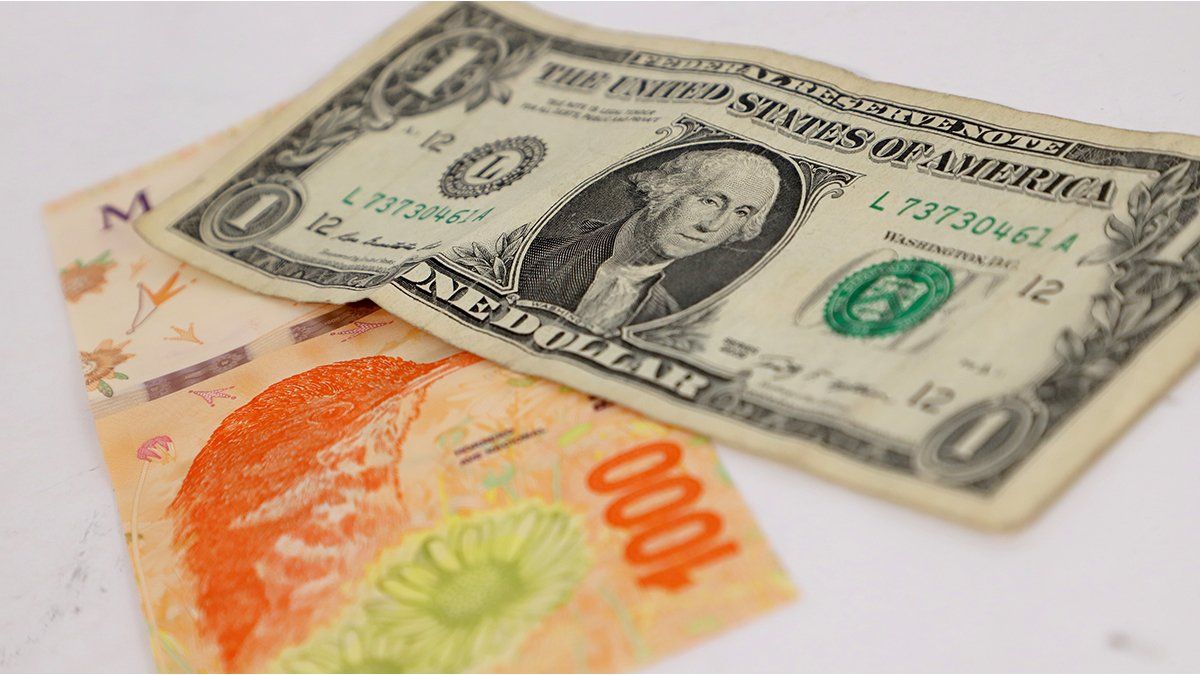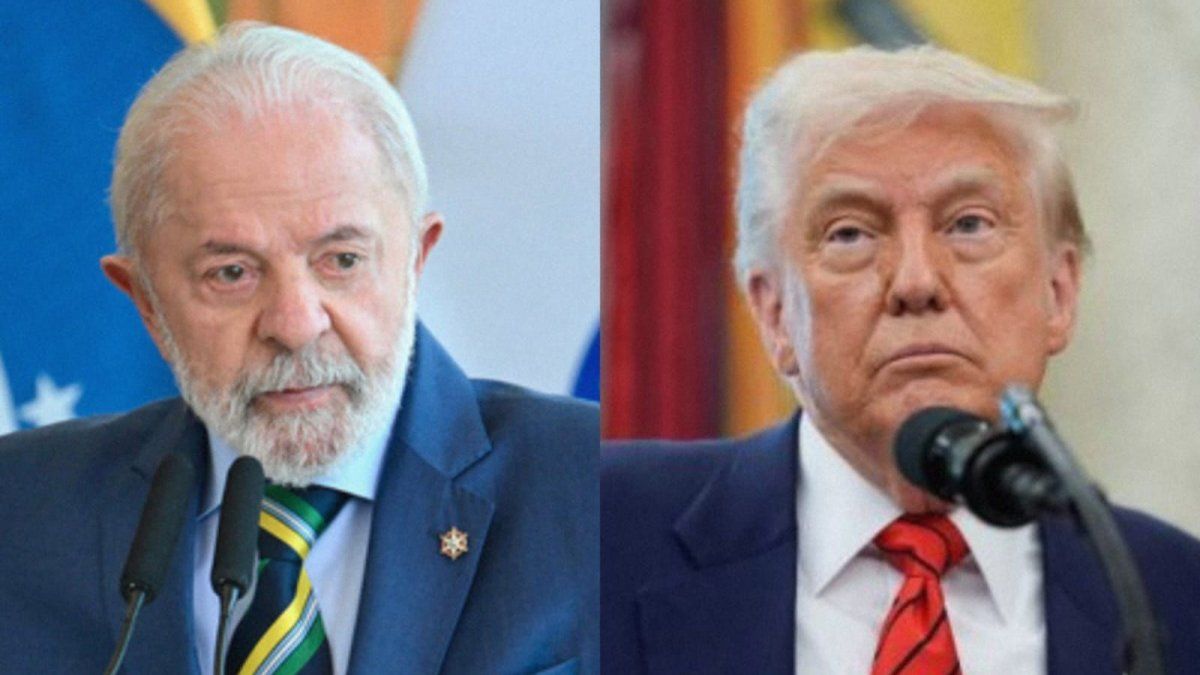. – We are at US$ 24,847 million, the government has been buying regularly, February will be another game, importers will demand dollars for inputs and capital goods, it will not be so easy to accumulate.
What about monetary liabilities?
. – The monetary base amounts to $10.1 trillion, and the remunerated monetary liabilities amount to $30.7 trillion, a total of $40.7 trillion.
How are we compared to when Javier Milei took office?
. – Reserves as of December 10 were US$21,209 million and today they are US$24,847 million, this implies an increase of US$3,638 million.
. – The monetary base on December 10 was at $10.1 trillion, and today it is at $10.1 trillion, it did not increase.
. – Remunerated monetary liabilities as of December 10 stood at $22.9 billion, and today they are at $30.7 billion, which implies that they rose $7.8 billion, largely due to the remuneration of the stock.
How did the year 2023 end?
. – The treasury had a deficit of $11.3 billion, while the Central Bank of the Argentine Republic had a deficit of $16.3 billion. If we continue at this pace we will melt.
. – Public spending was $37.3 billion, and what we paid in interest on the treasury debt was $6.2 billion, while the interest on the leliq and repos from the Central Bank totaled $16.3 billion. This does not show the precariousness of the numbers.
. – To have dimension of the terrible administration of the state carried out by the government of Alberto Fernández, during the year 2023 capital expenditure (infrastructure works among others) amounted to $ 3.0 billion, while the treasury paid interest of 6.2 billions.
Do we spend more on interest than on infrastructure?
. – Correct, that shows us the cost we pay for decapitalizing the Central Bank, and for having recurring fiscal deficit.
If we measure the fiscal deficit in dollars?
. – We ended the year 2023 with US$ 14,000 million behind, while the Central Bank paid interest for the equivalent of US$ 40,251 million.
A catastrophe
. – Correct, this left you with an inflation of 211.4% per year, a devaluation rate of the peso of 356.4% per year, and a rise in the MEP dollar of 203.5% in the year.
In the last 5 years?
. – Inflation was 1,917.1%, a devaluation rate of 2,038.3%. On this basis you have to go out and rebuild Argentina.
How is the year 2024 coming?
. – If in 2023 the devaluation rate comfortably exceeded the inflation rate, by 2024 the average consulting firm believes the opposite will happen. The inflation rate would exceed the devaluation rate.
Effects on the economy?
. – Many, especially for company management, who have to deal with balance sheets that adjust for inflation. But I leave that for the private report.
For individuals?
. – If the inflation rate is going to beat the devaluation rate, you should choose to invest in instruments that adjust for inflation, and not in instruments that adjust for the official dollar.
So?
. – It makes no sense to invest in TV24, which is a bond that adjusts for inflation and matures in April 2024. It is best to look for instruments that adjust for inflation such as TX26, TX28 or DICP and begin to pay amortization within the year. 2024.
Fixed term?
. – It pays you 9.17% monthly, versus an inflation of 25.5% monthly, the best is a UVA fixed term that is 180 days, but it pays you inflation plus 1.0% annually.
What about the dollar?
. – It is very simple, if Javier Milei’s government meets its objectives, in one year the dollar bill will be at the same price as the official dollar, which is not a good adoption of savings if Javier Milei is doing well. Currently the blue dollar is located at $1,255 with a gap of 53% versus the official dollar. We believe that the blue dollar should not overcome a gap of 80% until the harvest dollars enter, therefore, we see it as a ceiling at $1,500. If the president fails with his government plan, the gap could not be greater than the 100% that the government had, which would mean one dollar at $1,700, which would represent an increase of 35.4% from current values. . We contrast all these speculations against the inflation of the first quarter, which our consulting firm believes will be around 67.0%, therefore it is better to invest in pesos adjusted for inflation than in dollar bills. Inflation in January 23%, February 18.0% and March 15.0%.
Conclusion
. – New government, new paradigms and controversies. With Kirchnerism all roads led to the dollar. With the new government, if we have fiscal balance, a competitive exchange rate and we adjust the price of tariffs, all paths lead to investments in pesos that adjust for inflation. If you do not want to have a financial investment, check the investment in properties, we may surprise you with the low prices in dollars that some cities in Argentina show.
Source: Ambito
I am a 24-year-old writer and journalist who has been working in the news industry for the past two years. I write primarily about market news, so if you’re looking for insights into what’s going on in the stock market or economic indicators, you’ve come to the right place. I also dabble in writing articles on lifestyle trends and pop culture news.




